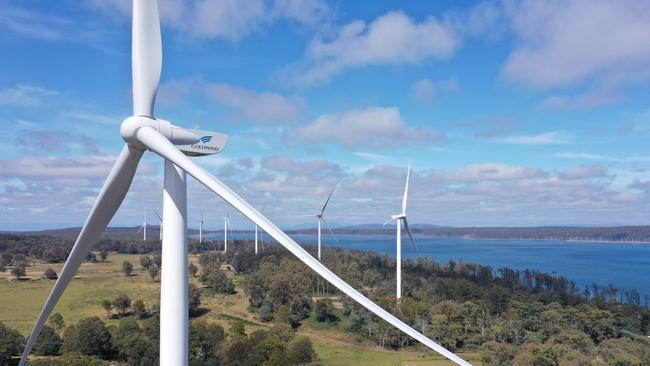
Coal, the bedrock of Australia’s existing electricity system, is being crushed and forced out by weather-dependent renewables that cannot be relied upon to deliver.
The boom in wind and solar means the withdrawal of coal generation is likely to happen faster than had been anticipated.
Technology fixes are in the pipeline but it is still not certain what they will be, or whether they will arrive in time or at the scale required.
The bottom line, according to Energy Security Board chairwoman Kerry Schott, is the system now in place is no longer fit for purpose.
Networks are being squeezed by the phenomenal uptake in rooftop solar at a household level and the boom in construction of large-scale wind and solar.
An abundance of energy at some times has crashed wholesale prices.
This will speed the end of coal, but what then?
The ESB says continued innovation and the subsequent cost reductions in the likes of electric vehicles, hydrogen electrolysers, batteries and fuel cells have the potential to fundamentally reshape the future as these technologies are increasingly paired with solar and wind.
But the International Energy Agency has warned that the COVID-19 pandemic might slow development as investors seek safer and lower risk investments.
The ESB says this presents a challenge for the NEM as existing power stations age and need to be replaced or refurbished while there is increasing ambition to reduce emissions
The ESB will this year recommend a raft of reforms to take effect from 2025 to tackle the looming problems.
Schott has been candid that while everyone agrees on the problems, “many people in the energy sector have different perspectives on the possible solutions or priorities”.
The transition is under way and the clock is ticking in a rush to ensure Australia retains an electricity system that is affordable and works.




The red lights are still flashing on the energy security dashboard where it matters most.